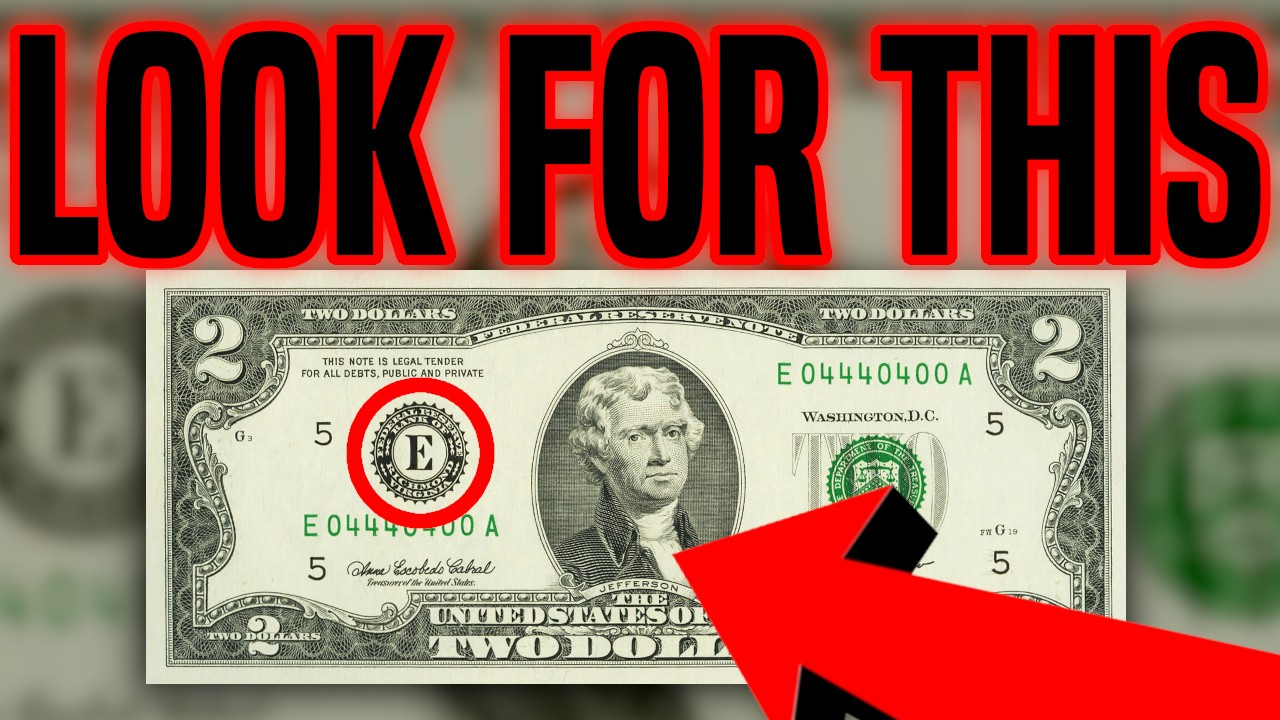Rare $10 Note With Serial Repeater still exists: In the world of currency collecting, a small detail can make a huge difference. One such detail is the serial number printed on a banknote – a feature that is often overlooked by the general public but respected by numismatists and collectors. Recently, buzz has resumed about an exceptionally rare $10 note that features a “repeater” serial number and could be worth up to $410,000 to the right collector.
also read..
What is a Serial Repeater?
A “repeater” serial number on currency refers to a number that repeats a sequence of digits – for example, 12341234 or 56565656. These patterns are highly desirable among collectors, especially when they occur on older, well-preserved notes. The symmetry and rarity of such serial numbers give them a special status in the hobby, and demand can drive prices into the hundreds of thousands.
The $10 Note in Question
The $10 note in particular comes from a 1934 series Federal Reserve Note, which reportedly bears the serial number 00010001, 12344321 or a similar exact repeating pattern. Experts in the field say the note is rare not only because of its serial number, but also because of its pristine condition and historical context. It is believed to have a very limited printing — and with less than a handful known to exist, its value has risen enormously in private auctions and collector circles.
According to the Professional Currency Dealers Association (PCDA), a similar note sold for $384,000 at auction in 2022. Inflation and rising demand have pushed the estimated value of the next available specimen to $410,000 or more.
$1,702 Stimulus Payments for Everyone – Full Payment Schedule for June 2025
Still Missing
What makes this note particularly interesting is that the one known copy is still missing – and may be hidden from the public eye. Collectors speculate it may be stored in a family heirloom box, an old wallet, or may have been accidentally spent by someone who didn’t know its value. Given the rarity of such notes and their tendency to disappear into private collections or forgotten drawers, the search is half the thrill.
“Whenever something like this hits the news, we see a surge in inquiries. Someone always wonders if that odd note in grandma’s attic could be the real deal,” said Stephen Whitman, currency specialist at Heritage Auctions.
What to look for
If you’re curious to see if you have a valuable note, here are some characteristics that make a $10 bill worth more:
- Repeater or radar serial numbers (such as 45544554 or 12211221)
- Low serial numbers, such as 00000001 or 00000005
- Star notes, which replace misprinted bills and are marked with a star next to the serial number
- Uncirculated condition, meaning crisp with no folds, tears or wear
Ground Level
Although it’s unlikely that you’ll find a $410,000 repeater bill in your wallet, it’s not impossible. Keep an eye on your change money – or rummage through that old family memorabilia drawer. A single bill with the right number could change your financial future. As the saying among collectors goes, “Treasure is always out there – you just need the right eyes to see it.”
Frequently Asked Questions (FAQs..)
Q 1: What is a “serial repeater” on a $10 bill?
A serial repeater is a unique serial number pattern on a banknote where the digits repeat in a recognizable way – such as 12341234, 45454545, or 00010001. These patterns are rare and highly sought after by collectors.
Question 2: Why is this particular $10 bill worth $410,000?
This bill’s value comes from a combination of several factors:
- Its rare repeating serial number
- Its age (possibly from the 1934 Federal Reserve Note series)
- Its exceptional condition
- Extremely limited number in existence, with one known bill still missing
- All of these make this a “holy grail” find for currency collectors.
Q 3: How do I know if I have a valuable repeater $10 bill?
Look at the serial number on your bill. See:
- Repeating patterns such as 12121212, 88888888, or 12344321
- Serial numbers beginning with multiple zeros (e.g., 00000001)
- “Radar” numbers that look the same front and back
- A star symbol at the end of the serial number (indicating a star note)
Condition also matters — crisp, uncirculated bills are much more valuable.
Q4: How rare are $10 bills with serial repeaters?
Extremely rare – especially very old bills in very good condition. Very few such bills are known about, and when one comes up at auction it commands a very high market value. This bill, worth $410,000, is believed to be one of only two or three still in circulation.
Do you have an unusual bill or coin? Consider having it appraised by a reputable dealer or submitting it to a service like PMG (Paper Money Guarantee) for grading. You never know what kind of history – or assets – you might have.

